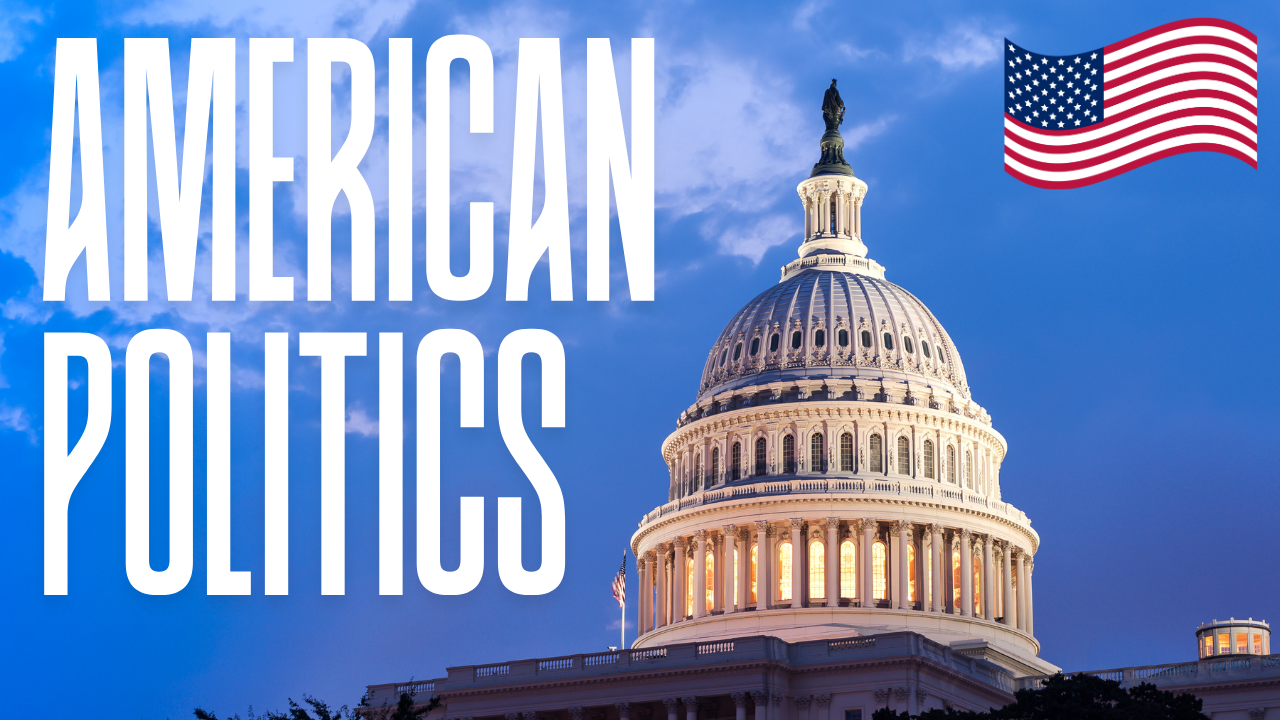The United States has a federal government, which means power is shared between the national government in Washington, D.C., and the state governments. Each state has its own Governor, legislature, and courts, but all states must follow the U.S. Constitution, the country’s founding document that sets out the structure of government and the rights of its citizens. The Constitution created three branches of government: the Executive, the Legislative, and the Judicial.
1: The Executive Branch
The President (POTUS) is both the Head of State and the Head of Government. He or she is responsible for enforcing the laws and leading the country’s foreign policy and defense. The President lives and works in the White House, where their main office is called the Oval Office.
The President is supported by the Vice President, who can take over if the President dies, resigns, or is removed from office.
The President’s main team is called the Cabinet, which includes Secretaries who lead different Departments such as the Department of State, Department of Defense, and Department of Education. These are similar to ministries in other countries.
When a President is near the end of their term and no longer has much political power, they are sometimes called a lame duck president.
The President who is currently in power is known as the incumbent, while the candidate most likely to win an election is called the front-runner.
2: The Legislative Branch
The U.S. Congress makes the laws. Congress has two parts — the Senate and the House of Representatives — together known as the bicameral legislature.
- The Senate has 100 members — two from each state, regardless of size.
- The House of Representatives has 435 members, and the number from each state depends on its population.
Members of the House are called Representatives or Congressmen/Congresswomen, and they serve for two years. Members of the Senate are called Senators and they serve for six years.
Congress debates and votes on Bills. A Bill must be approved by both houses and then signed by the President to become Legislation.
3: The Judicial Branch
The Judicial Branch interprets the laws and ensures they follow the Constitution. It is made up of the Supreme Court and other lower Federal Courts. The Supreme Court has nine Justices, who are appointed for life. They can declare laws or government actions unconstitutional — meaning they go against the Constitution.






Responses